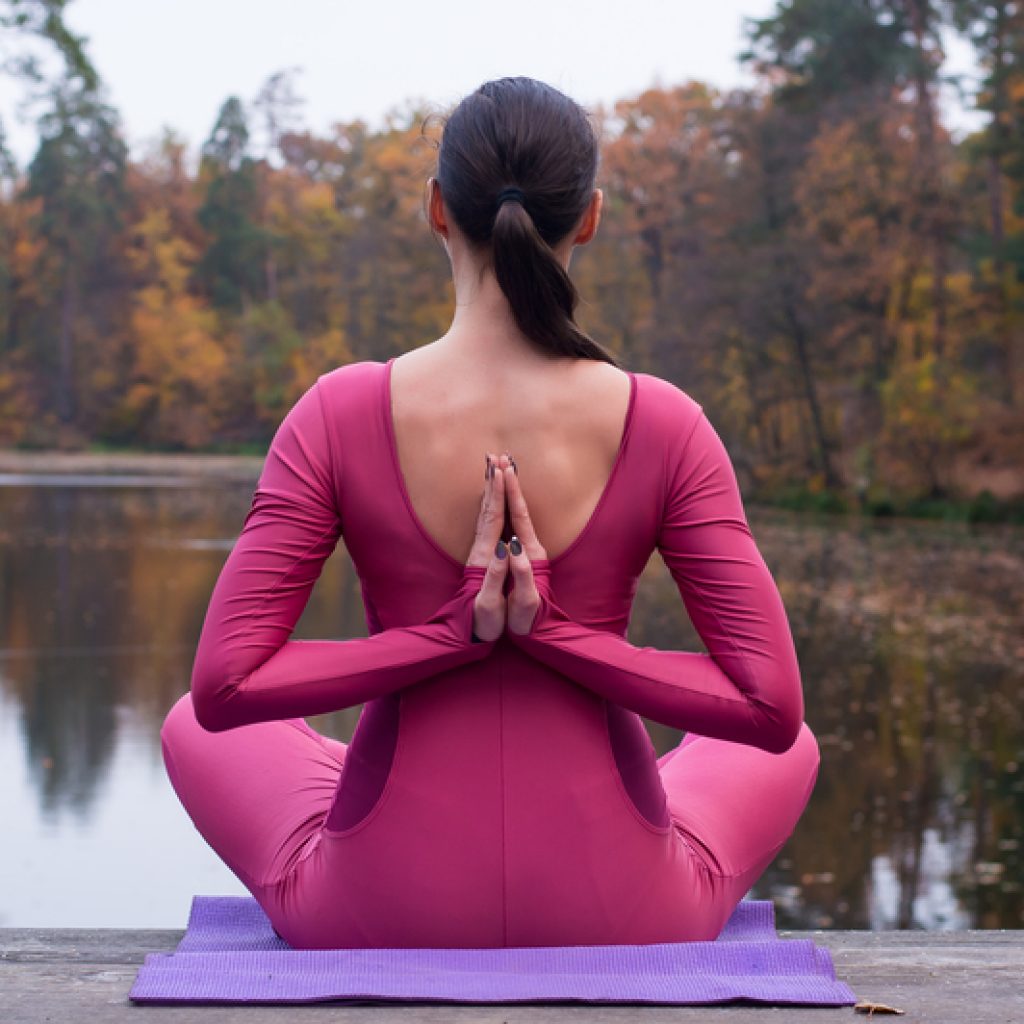How to Create a Strong Voice, Part 3: Align
Regular readers of this blog know that my mantra for alignment is this:
For greatest vocal impact, align your intention with your content and both with your delivery.
However, this post takes another, more physical look at alignment involving Posture, Presence and…(the REAL secret sauce) the Pelvic Floor. (What are you talking about, Kate?)
A Fresh Look
The importance of good posture cannot be emphasized enough when it comes to voice. The basic approach that we’ve all learned is this: straight spine, shoulders back but relaxed, and energy forward. This allows you to breathe deeply and easily, to use your abdominal muscles to support your sound. It creates an aura of authority and confidence, which is important for both voice practitioner and audience. But wait, there’s more to it than the shoulders-back-and-back-straight part.
Align your Posture
In order to have a strong voice, how you stand and sit is important, but are you aware of how your back and your backside are aligned? The benefits of proper alignment are these: More room for the diaphragm to drop down into the abdomen for a deeper breath, more support and space for your internal organs, and less strain on your voice by virtue of their being less strain on your body. It takes ¾ of your body to make a vocal sound. Even a sprained ankle can be heard in the voice. Take away stress and you get strength.
Exercises for Proper Posture Alignment for Vocal Strength
Exercise 1: First, make sure you have the lumbosacral angle correct. Your buttocks should neither tuck nor stick out; rather your pelvic area should be in a neutral position. Babies and toddlers have this right, just as they know how to breathe correctly. On them, the lumbar is relatively flat and the lumbosacral angle is pronounced.
Exercise 2: Sitting: Sit forward in your chair, feet on the ground with your thighs active as if you are about to stand up. Keep your butt from being tucked under by imagining you have an actual tail and that your tail is flowing freely behind you on the chair.
Exercise 3: Standing: Stand on both feet, feet 8-12 inches apart with one slightly in front of the other, centering your weight over your legs. This allows you the freedom to move by turning or walking. To find freedom in your pelvis, first, tuck your butt under you, then stick it out by also sticking out your stomach and chest, then find the place in between those two postures where you feel balanced and free from tension.
Align with Presence
What’s great about sitting and standing in aligned posture is that this posture also creates a strong presence. Presence is defined as the bearing, carriage, or air of a person. That’s definitely physical, but presence is also defined as a noteworthy quality of poise or effectiveness. Do you see how the physical is connected to the qualities we sense in people? And it goes further still when you consider how a vocal image is affected by the presence. Your vocal image is the perception people have of you from the sound of your voice. It’s a mental picture that others have of what you are like. According to the Oxford dictionary, someone with presence has a stronger “Voice” or a particular attitude, opinion or feeling that is expressed; a feeling or an opinion that you become aware of inside yourself.
One way in which physical presence is displayed is through your body language. How you use your hands and arms and how that aligns with the impression others have of you affects your presence. Amy Cuddy is the current body language guru and I encourage you to watch her TED talk.
To align your presence, become aware of the physical impression you give and how that aligns with your intention, content and vocal delivery. Look in the mirror. Watch videos of yourself. Ask your friends and colleagues. Study body language and apply what you learn.
Example: One of my clients is a very slight woman with a young-sounding voice. She has learned to use mask resonance for more vocal presence, and focused on intention so that she is clear about her purpose; she has also learned to take up space at a meeting in order to have a larger presence. Her gestures have become bigger and more open, and she leans into the meeting rather than settling comfortably, slumped in her chair. She has always been bold, with a particular attitude, and opinions that she expressed, but now others can’t help but sense her big presence, in spite of her diminutive size.
Align with the Pelvic Floor
Now, for the secret sauce. Recently, I took a yoga workshop with Leslie Howard. She is a yoga practitioner in the San Francisco Bay area who is an expert on strengthening the pelvic floor. I found her workshop extremely useful as a woman, but I was surprised to find that it was also the perfect workshop for a voice professional whether male or female. She discussed diaphragmatic breathing and how beneficial this is to the pelvic floor, even stating that singers have a healthy edge over others because we are taught this kind of deep breathing. However, I was especially intrigued when she discussed how to get more support for the body by strengthening the pelvic floor muscles that work in tandem with the abdominal muscles.
Years ago, I had a voice teacher who taught me to keep my knees slightly bent while singing and to keep my thighs “active.” I always felt I got a lot of support this way, and now I know why. The Levator muscle in the pelvic floor is supposed to work in tandem with your abs to help you raise up or support your body. However, in these sedentary times, we have forgotten how to do that. When these muscles synch up, you are stronger and have less strain when exhaling!
One way to get this to happen is to use your legs more. Perhaps you learned that, too. Or did you learn to tighten your gluts while “supporting” the sound? Supporting, with the buttocks squeezed, tips the pelvis forward, tucking the tailbone, and creates a weaker posture with more strain on the voice, and on the whole body. Leslie’s workshop reminded me that there is a better way than the tight-butt approach. I couldn’t wait to share this with all of you, so please read on to learn how to work with this on your own.
Exercises to Align with the Pelvic Floor
In order to create a strong voice, add this to your posture and presence exercises.
Exercise 1: Stand on both feet, feet 24 inches apart. To find freedom in your pelvis, first, tuck your butt under you, then stick it out by also sticking out your stomach and chest, then find the place in between those two postures where you feel balanced and free from tension. Now bend your knees slightly until you feel firmly balanced but able to move. Breathe deeply, relaxing your abdomen to let the airdrop in as low as possible. (It really is much easier!) Exhale on a hissssss, straightening your legs without using your buttocks, and draw in your abdomen to support the exhalation. Repeat this several times until you feel the connection between your “core” and your breath.
Exercise 2: Now repeat, but instead of a hiss, say or sing a long sentence on the exhalation.
Exercise 3: Finally, stand on both feet, feet 8-12 inches apart with one slightly in front of the other, centering your weight over your legs for the freedom to move by turning or walking. Find the place in between those two postures where you feel balanced and free from tension. Bend your knees slightly and keep your legs engaged as you speak or sing. The right amount of leg support feels like you are almost ready to jump up.
For more on this topic, here is a link to Leslie Howard’s online workshop, “Finding your root, balancing your foundational core” on YogaUOnline.
- How to create a voice with executive presence on Kate’s Voice
- 10 simple but powerful body language tips for 2013, Forbes
- An article on the health benefits of yoga
You can’t just increase the volume to create power in a voice. You must have a strong vocal physique and a voice that reverberates. Align the two with intention and practice and this approach reaps rewards. That’s why my techie clients have given it an acronym … the REAP approach to a strong voice. REAP stands for Resonate, Envision, Align, and Practice. This series on my blog takes you through all four steps.
Connect with us on LinkedIn
Connect with the author on LinkedIn
If you enjoyed this post or found it helpful, please share by clicking on the share buttons below. Thank you!!
ID 103030140 © Alla Iatsun | Dreamstime.com
ID 69632569 © Gstockstudio1 | Dreamstime.com






